After a long winter at home, then a month in the Alaskan Arctic, I felt a need for some time with my wife Julie and the tropics. Time for "Polar to Solar" v2.0; Destination, the Big Island of Hawaii. What better way to make up for missed summer than a visit to the beach. To melt some of the permafrost, why not an active volcano! After crossing the arctic circle at 66 degrees north, time to go south of the Tropic of Cancer at 23 degrees .
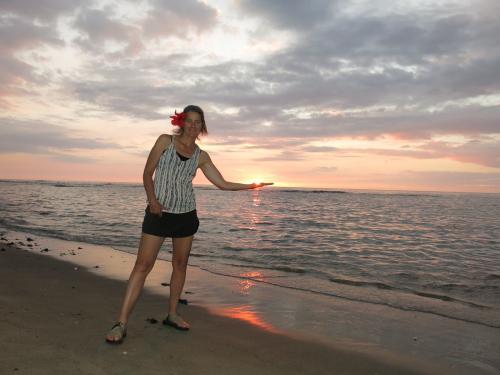
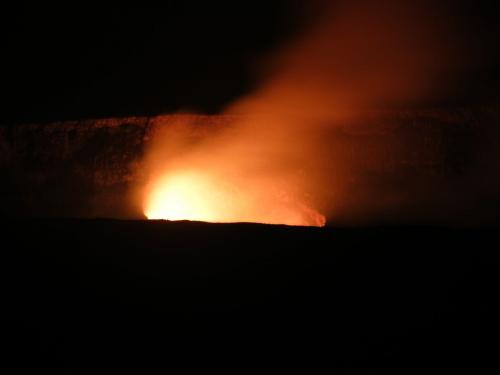
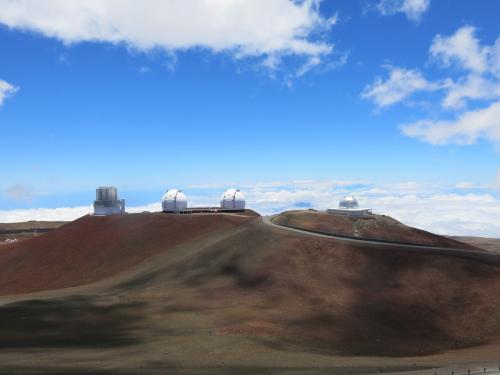
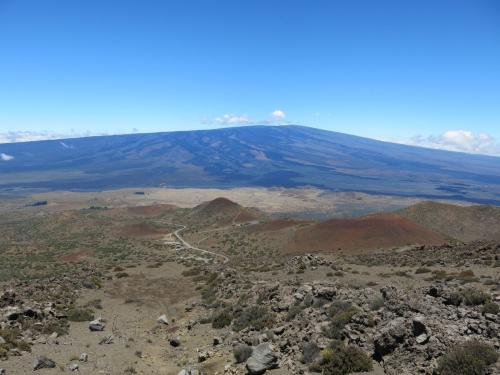
Across the saddle from Mauna Kea is the slightly lower Mauna Loa volcano (13,679 ft). One of Mauna Loa's distinction is the weather station near it's summit. This is essentially ground zero for climate science. Since 1958, atmospheric data including CO2 concentrations in the air have been diligently recorded. This data set has resulted in the ubiquitous "Keeling Curve" named for Charles David Keeling. This is the graph showing the exponential growth of atmospheric carbon dioxide concentration over the last 55 years. Keeling essentially was the guy that first figured out how carbon dioxide fluctuates seasonally, and how it is steadily increasing over time. Keeling's early research took place in California and Arizona. In these mainland locations he had difficulty controlling for industrial CO2 emissions and the local effect of vegetation. The solution: a high elevation location far from cities or forests with good air mixing. Mauna Loa fits the bill, Located at 19 degrees north latitude, and in the middle of the Pacific Ocean far from any land or cities, it is very representative of a global average for atmospheric gasses.
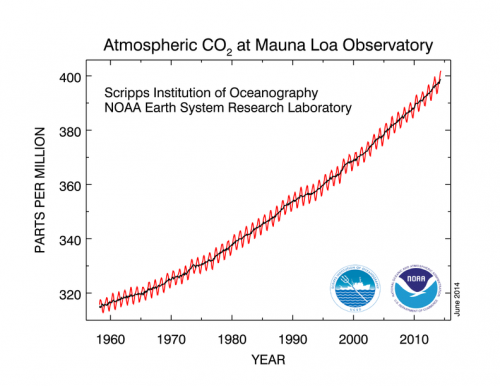
If one examines the Keeling curve, there is an annual peak in CO2 levels occurring in November and a low in May. This is explained by the effect of summer time photosynthesis and the consumption of CO2 by plants. The northern hemisphere contains the majority of the earth's land masses, and forests. During the northern summer, these plants are consuming more CO2 than in the northern winter, hence the seasonal fluctuation. The other notable thing in the graph is simply the rate of growth and the increase in slope with more recent dates. Unfortunately there is no indication of a leveling off, only exponential change.
On our visit in June 2014, we had the distinction of breathing over 400 parts per million of CO2 in the air. This is the highest concentration of carbon dioxide the earth has experienced since the Pliocene era 3 to 5 million years ago (Scripps 2013).
https://scripps.ucsd.edu/programs/keelingcurve/2013/12/03/what-does-400-ppm-look-like/#more-481
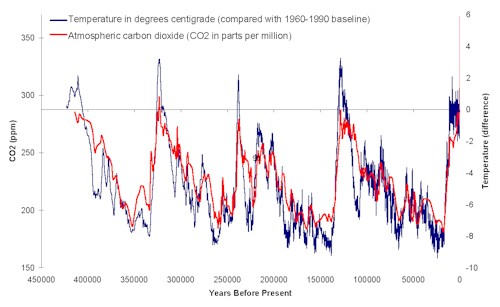


Comments